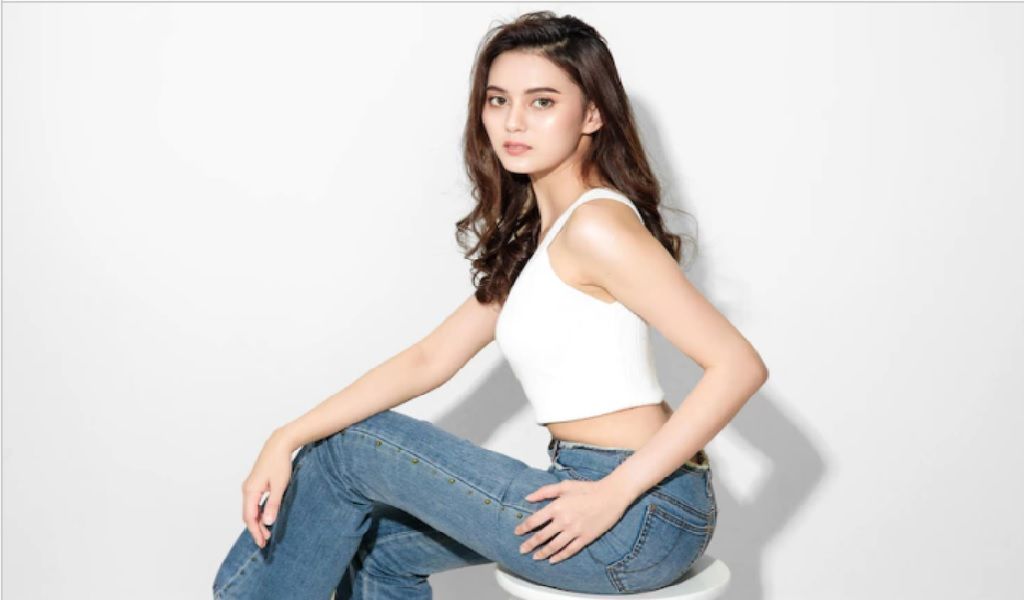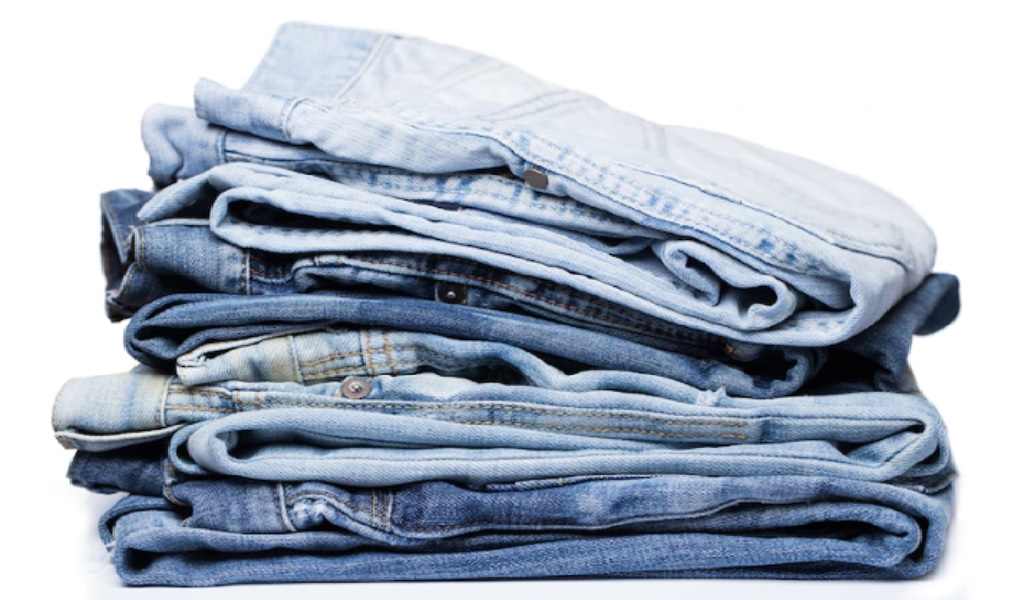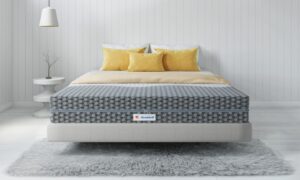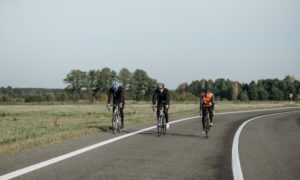Among the most defining features of jeans is their durability. It is estimated that an average pair of jeans will last five to ten years before needing to be replaced. Generally, jeans made of cotton are the most durable and will keep their shape for many years.
However, women’s jeans are often made of cotton and synthetic fibers, including elastane. These fibres provide greater stretch and movement than cotton, making them more durable. In addition, these jeans tend to maintain their shape better.
Denim Fabric
Denim is a global icon for practicality and durability and is the fabric of choice for many. The denim industry has become a leader in developing innovative technologies and materials for denim. With its commitment to sustainability, the industry is committed to a new chapter. In addition to its traditional uses, it also leads the charge with waterless, recycled, and sustainable denim processes.
Denim fabric is woven using cotton yarn, which is then dyed. The resulting fabric is then woven into the classic warp-faced denim style. The fabric is then produced in bolts or yards and shaped into finished consumer goods. According to Statista, India is the world’s largest producer of cotton, followed by the United States and China. However, geopolitical factors have shifted production to other countries.
The durability of denim fabric depends on the processing the fabric goes through. Its durability is greatest when it is washed a minimal number of times, although the fabric can fade if washed often. Therefore, it is important to follow the care instructions with your jeans. Denim is a heavy raw material, so it’s important to know the recommended amount of washing and drying.
In addition, different designs of denim have different weights. For example, thicker jeans tend to be heavier and are most appropriate for use during colder weather. Today they manufacture various types of women’s and men’s denim jeans with stretch and other patterns.
Riveted Jeans
The rivet is one of the most iconic features of a pair of blue jeans. The rivet was first used to keep denim trousers together. The idea behind rivets was practical – people needed durable work pants. In the early 1900s, people began to value the practicality of riveted work pants.
Riveted denim has strong stitching around the seams, which prevents fraying. The selvage is also preserved on the seam edges to prevent fraying, while the rest of the fabric edges are overlocked. Some jeans also feature a bar tack stitch, a zig-zag stitch, at high-stress points. The fabric edge around the leg openings is finished with a turned under the finish, which is often distressed.
Riveted jeans are often made from double denim and have belt loops. Some brands include a triple waistband, which can be equipped with three buttons or a concealed zipper.
Five Pockets
One of the most important features of jeans is their pockets. While there are many variations in pocket designs, the five-pocket configuration is the most popular. In five-pocket jeans, there is one pocket on each leg and one on the front. There is also a small coin pocket inside the front right pocket. The five-pocket configuration became popular around the turn of the nineteenth century due to popular demand. In 1901, Strauss introduced a second back pocket.
Traditionally, five-pocket jeans are made with indigo-dyed denim. These denim fade over time, depending on wear and activity. Today, jeans with five pockets are made of a heavier fabric and feature metal hardware details. It makes them a more rugged choice. In addition, five-pocket jeans are ideal for adding a casual tone to a more formal outfit.
Eco-Friendly
Eco-friendly jeans are made from materials that minimize the impact on the environment. The company also uses OEKO-TEX-certified paper tags and a short supply chain to reduce its carbon footprint. It also contributes to environmental and social causes and donates a portion of profits to various nonprofits, including 1% for the Plant, One Tree Planted, Textile Exchange, and Solar Sister.
Many jeans manufacturing businesses are working to make more sustainable and recycled jeans. Some companies have even started recycling organic waste and textile scraps. Reformation, for example, aims to make 75% of its jeans from recycled material. In addition to these efforts, it purchases environmental offsets. Some of its investments support clean energy in India and water filters in Honduras. The company has also contributed 140 million gallons of fresh water to dewatered areas in California.
Eco-friendly jeans are becoming increasingly popular. Many brands are turning to eco-friendly fabrics like recycled cotton and recycled leather. These brands also offer a variety of sizes, inseams, and styles.
Conclusion:
Jeans are a classic piece of clothing, and their defining features have been used for centuries. They are made from durable denim and feature easy-access pockets. They also have strong seams and reinforcement in areas prone to tearing. However, there is no universal definition for jeans and many variations.


















